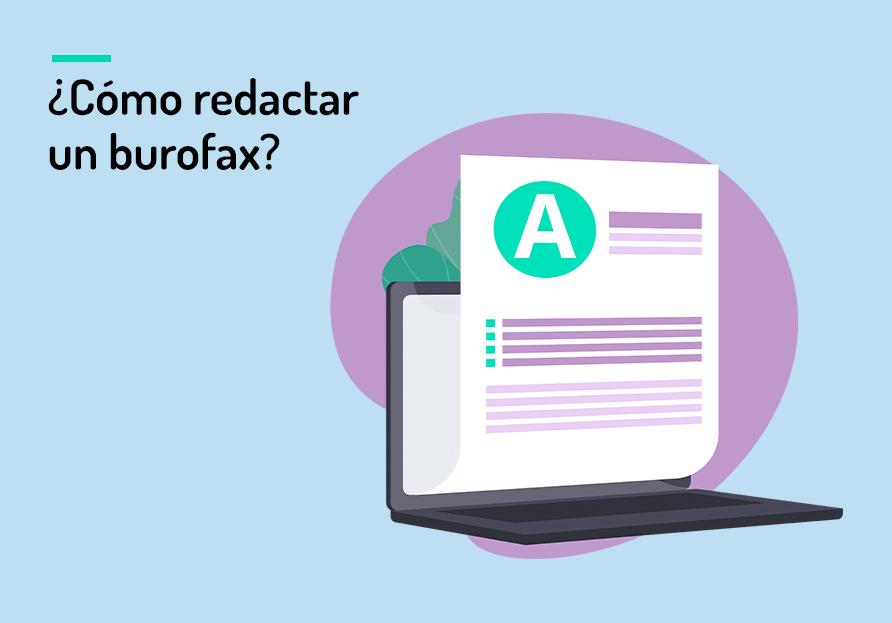
How to write and send a bureaufax effectively?
The burofax is a legal document used to send important communications in a reliable manner. Its main advantage is that it provides proof of sending and receiving, which makes it a safe and reliable option for sending legal notices, summons or any other type of correspondence that requires proof of delivery. In this step-by-step guide, we will show you how to write and send an electronic or conventional bureaufax effectively.
How much does a lawyer charge for sending a burofax?
When it comes to sending a bureaufax, it is important to consider the associated costs. If you decide to hire the services of a lawyer to draft and send the burofax on your behalf, you should consider that there will be an additional cost for their professional fees. Fees may vary depending on the lawyer and the complexity of the case, so we recommend that you request a quote before hiring his services.
How to send a burofax to a private individual?
Sending a burofax to a private individual is a relatively simple process. Here are the steps to follow:
- Gather the necessary information: Before drafting the bureaufax, make sure you have complete information about the addressee, including his or her full name, address and any other relevant data.
- Write the burofax: Use one of the burofax writing templates provided in this article. These templates contain all the elements necessary to draft a bureaufax effectively.
- Proofread and correct: Before sending the burofax, it is essential to review the content and correct any grammatical or drafting errors. Make sure the message is clear and concise.
- Attach relevant documents: If additional documents, such as contracts or evidence, need to be attached, be sure to include them along with the burofax. This point is especially important in cases, such as, for example, the use of burofaxes for the communication of disciplinary dismissals.
- Choose the sending method: You can send the burofax physically or digitally. If you choose to send it physically, you can go to a post office or hire the services of a courier company. If you prefer to send it digitally, there are online platforms that allow you to send bureaufaxes in a secure and reliable way.
- Keep the proof of mailing: Once you have sent the bureaufax, be sure to keep the proof of mailing and any other documents confirming delivery.
What information should be included in a burofax?
When drafting a bureaufax, it is important to include certain information for it to be valid and have legal effect. Here are the elements that must be present in a bureaufax:
- Date: Indicates the date on which the bureaufax is drafted.
- Sender’s details: Include your personal data, such as full name, address and contact number.
- Recipient data: Indicates the recipient’s personal data, including full name, address and any other relevant information.
- Subject: Specify the reason or subject of the burofax in a clear and concise manner.
- Text: Write the content of the bureaufax in a clear, precise and unambiguous manner. Be sure to include all relevant details and any other necessary information.
- Farewell and signature: End the burofax with a cordial farewell and your signature.
Remember that it is important to review and correct the burofax before sending it, as any error could affect its validity and effectiveness.
Models of burofax drafting
To facilitate the process of drafting a bureaufax, we offer you downloadable models in Word and PDF. These models contain a basic structure that you can adapt according to your needs. Download the template that best suits your situation and use it as a reference when drafting your burofax.
Conclusions
Writing and sending a burofax can be a simple process if the proper steps are followed. Use the writing templates we provide, be sure to include all the necessary information and choose the shipping method that best suits your needs. Remember that the burofax is a legally valid and reliable tool for sending important communications. Follow this step-by-step guide and you will have peace of mind that your mail will be delivered correctly.
And if you were interested in this content, we invite you to read our post about automated sending of burofaxes for legal and financial departments.